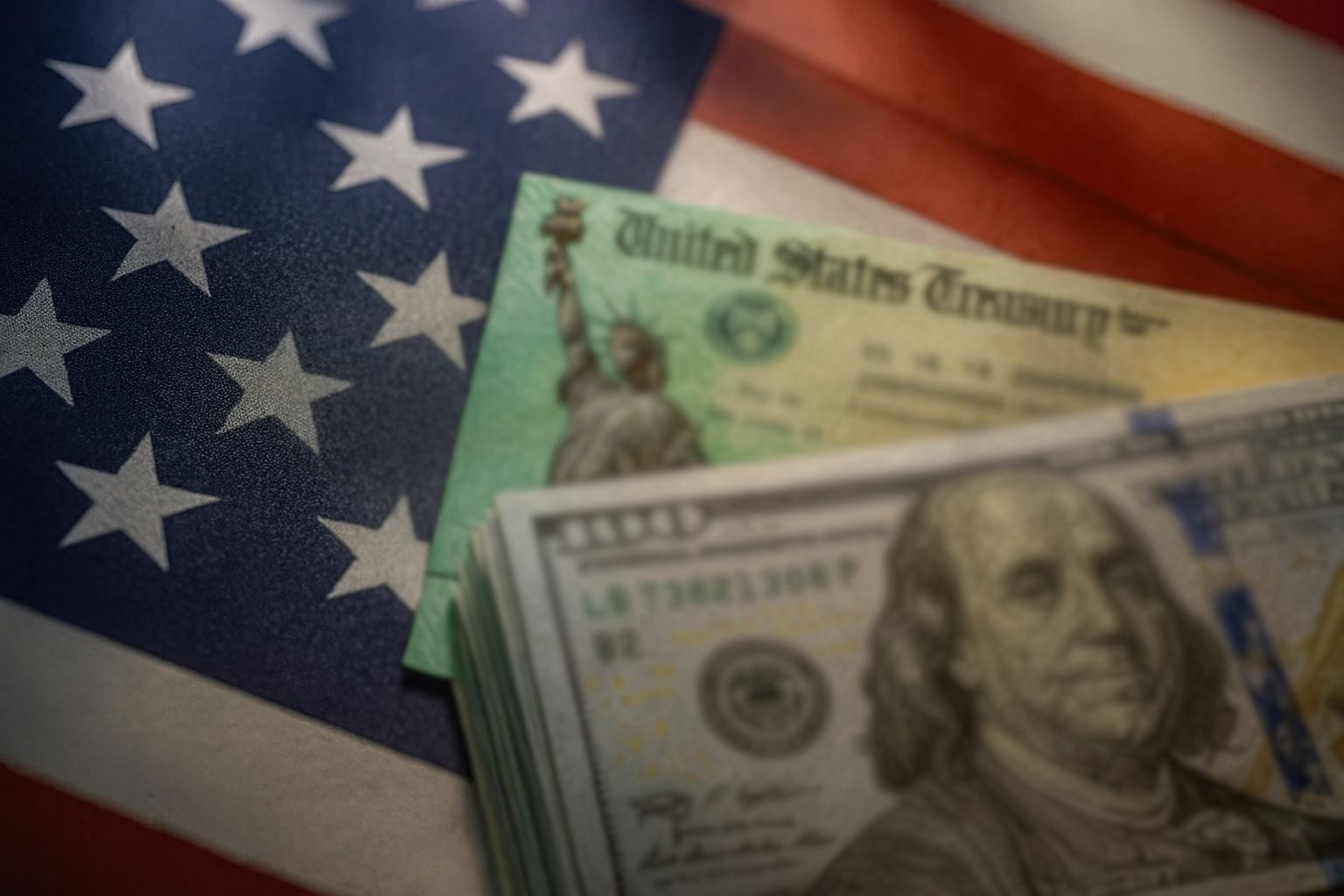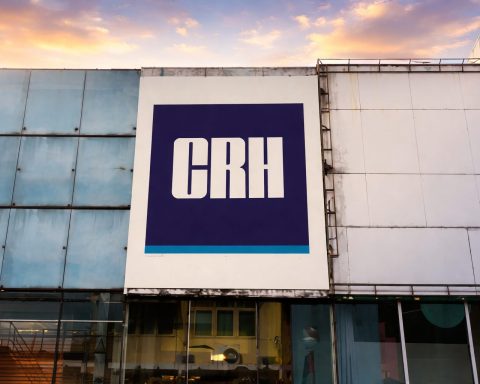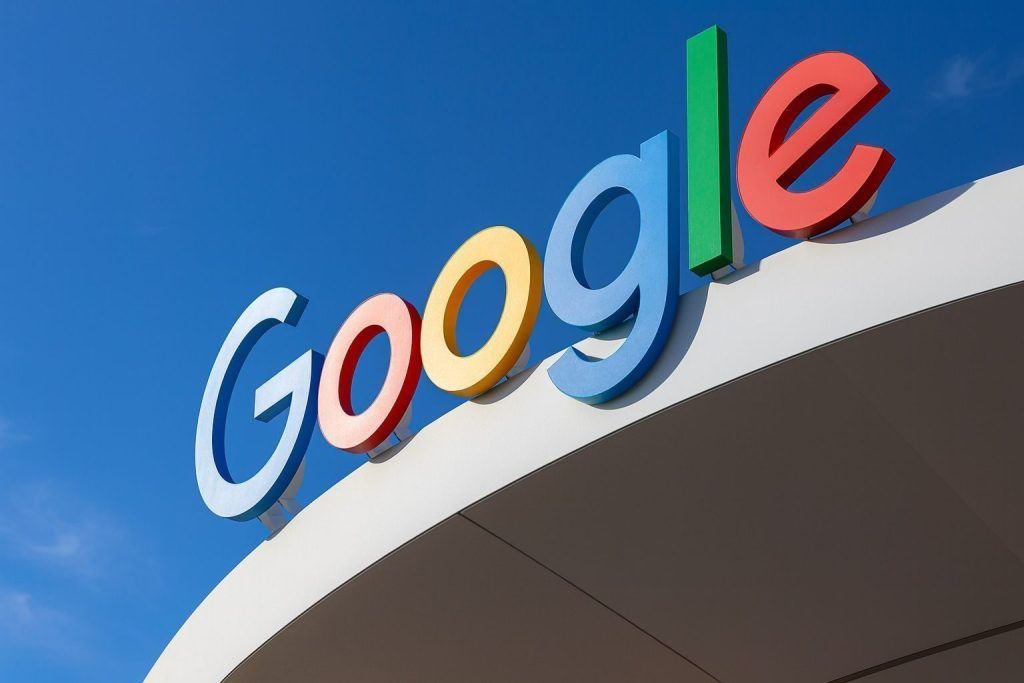Published: November 27, 2025
ALBANY, N.Y. — Just in time for Thanksgiving and the start of the holiday shopping season, New York has finished the main phase of mailing its first‑ever inflation refund checks, with more than 8.2 million payments now on their way to residents across the state. [1]
The one‑time refunds, worth up to $400 per tax filer, are part of a $2.2 billion state program designed to return some of the extra sales tax revenue New York collected as prices surged over the last few years. [2]
What Are New York’s Inflation Refund Checks?
The Inflation Refund Check initiative was created in the 2025–2026 state budget and billed by Governor Kathy Hochul as the largest direct‑aid program in New York’s history. [3]
Key features of the program include:
- Total cost: About $2.0–$2.2 billion in direct payments
- Households reached: Roughly 8.2 million
- Maximum benefit: $400 per check, depending on income and filing status
- Funding source: Surplus revenue, in large part from inflation‑driven sales tax collections [4]
State officials describe the initiative as a way to give back money that New Yorkers effectively paid in higher prices at the cash register. As inflation pushed up the cost of everyday goods, sales‑tax receipts climbed too, creating a windfall that Albany chose to return as cash instead of folding into new permanent spending. [5]
Who Qualifies — And How Much You Can Get
Eligibility for the 2025 inflation refund is tied directly to your 2023 New York State income tax return (Form IT‑201). You don’t apply; the state decides eligibility based on that filing. [6]
To qualify, you must:
- Have filed Form IT‑201 as a full‑year New York resident for tax year 2023
- Have income within specific Adjusted Gross Income (AGI) thresholds
- Not have been claimed as a dependent on someone else’s tax return [7]
Income thresholds and payment amounts
According to the Department of Taxation and Finance, the check amount is determined by both filing status and 2023 AGI: [8]
- Single, Head of Household, Married Filing Separately
- Up to $75,000 AGI → $200
- Over $75,000 but not more than $150,000 → $150
- Married Filing Jointly or Qualifying Surviving Spouse
- Up to $150,000 AGI → $400
- Over $150,000 but not more than $300,000 → $300
There is no minimum age to receive a check as long as you filed a qualifying return and were not claimed as a dependent. Part‑year residents and non‑filers are not eligible for this program. [9]
How Much Money Is Going to Each Region?
Every corner of New York is receiving a share of the inflation refund money, with the largest sums flowing to the most populous regions. The Governor’s office and subsequent coverage today highlight the following approximate breakdown of beneficiaries and total payments: [10]
- New York City: about 3.54 million recipients, $828.8 million
- Long Island: about 1.25 million recipients, $316.4 million
- Mid‑Hudson: roughly 924,000 recipients, $234.2 million
- Western New York: about 585,000 recipients, $152.7 million
- Finger Lakes: around 513,000 recipients, $134.3 million
- Capital Region: about 475,000 recipients, $122.8 million
- Central New York: roughly 321,000 residents sharing $83.8 million
- Southern Tier: about 251,000 recipients, $66.7 million
- Mohawk Valley: around 198,000 recipients, $52.4 million
- North Country: about 156,000 recipients, $42.4 million
In Central New York specifically — the focus of new local coverage today — the $83.8 million in checks are being described as a welcome cushion for households facing higher food, fuel, and housing costs. Regional officials have praised the program as “breathing room” for families who have been squeezed by inflation. [11]
Timeline: When Checks Went Out — And What’s Still “In the Mail”
New York began mailing inflation refund checks in late September, with deliveries scheduled to continue through October and November 2025. [12]
Here’s where things stand as of November 27, 2025:
- The “main phase” of mass mailings is complete.
- More than 8.2 million checks have already been sent. [13]
- The Tax Department is still mailing smaller batches as additional 2023 returns are processed or data issues are resolved. [14]
Officials stress that mailings are not done by ZIP code and there is no public tracking tool for individual checks. Two neighbors with similar incomes may receive their refunds weeks apart simply because they were in different mail batches. [15]
If you qualify based on your 2023 return, the state will automatically cut and mail a check. The Department says it cannot provide a delivery schedule and call‑center agents have no additional insight into when specific checks will arrive. [16]
Where Your Check Will Be Sent
One of the most common questions showing up in news stories and social media threads today: “What if I moved?”
The answer from the Tax Department is straightforward:
- Checks are mailed to the most recent address on file, usually the one on your latest tax return, even though eligibility is based on your 2023 filing.
- If you filed your 2024 return with a new address, the refund will go to that newer address. [17]
If your address has changed and your latest return doesn’t reflect it, you can update your details through an Individual Online Services Account on the Tax Department’s website. [18]
Importantly:
- Direct deposit is not used for these refunds — everyone receives a paper check, even if their income‑tax refund was deposited electronically. [19]
Today’s Coverage: What’s New on November 27, 2025?
On Thanksgiving Day itself, the story of New York’s inflation refunds is continuing to circulate across local and national outlets:
- Rural and regional news sites are running explainer pieces emphasizing that over 8.2 million checks have been mailed and that smaller batches will continue into December. [20]
- Blogs and niche news pages are highlighting eye‑catching headlines like “8 million inflation refund checks sent out ahead of Thanksgiving,” largely summarizing the same state data and regional breakdown first released earlier in the week. [21]
- Some viral posts and articles refer to “$1,000 + $1,600 inflation refund checks”, but on closer reading they are bundling together other elements of Governor Hochul’s affordability agenda — namely:
- an expanded Child Tax Credit worth up to $1,000 per child, and
- estimated savings of about $1,600 per child per year from universal free school meals —
not separate inflation refund checks of those amounts. [22]
The actual inflation refund payment remains capped at $150–$400 per qualifying filer, as confirmed by both the Tax Department and multiple independent explainers. [23]
How This Fits Into Hochul’s Wider Affordability Agenda
The refund checks are just one plank in a broader package the governor has branded her “Affordability Agenda.” In addition to the one‑time inflation rebates, the 2025–26 budget includes: [24]
- Middle‑class tax cuts, which state officials say will bring certain income‑tax rates to their lowest levels in about 70 years
- An expanded New York Child Tax Credit, up to $1,000 per child
- Universal free school meals statewide, estimated to save families roughly $1,600 per child each year
Supporters argue that combining a one‑time refund with ongoing tax relief and family supports is a way to make the state’s high cost of living more manageable without committing to permanent, open‑ended cash payments. Critics, including some fiscal conservatives and policy commentators, have questioned whether mailing checks is the best use of surplus funds, describing the approach as a politically attractive “cash giveaway” rather than structural reform. [25]
What If You Haven’t Received a Check Yet?
If your mailbox is still empty, here are the key points to keep in mind, based on official guidance:
- Check your eligibility against your 2023 return.
- Were you a full‑year New York resident?
- Did you file Form IT‑201 for 2023?
- Is your income within the program thresholds?
- Were you not claimed as someone else’s dependent? [26]
- Confirm the address on your latest return.
If you moved after filing 2023 but submitted a 2024 return with your new address, your inflation refund should be going to the new location. Otherwise, update your address with the Tax Department online. [27] - Understand the timing.
Mailings started at the end of September and are continuing in smaller batches even after the main phase has ended. It’s normal for some eligible taxpayers to receive checks later than neighbors or family members. [28] - There is no separate application process.
The Department emphasizes that no one needs to apply or provide additional information to receive an inflation refund check. If you qualify, the state will issue it automatically. [29]
Watch Out for Scams
With millions of checks in circulation, state officials are also warning about fraud targeting taxpayers.
The Department of Taxation and Finance reports an uptick in calls, texts and emails from scammers pretending to be state tax employees who claim they need personal or banking information to release an inflation refund. In reality: [30]
- The Tax Department is not contacting people to “verify” information for inflation refund checks.
- You do not have to share bank details, Social Security numbers, or pay any fee to get your money.
- Suspicious contacts should be reported via the state’s tax scams and alerts page. [31]
If you get a call or message about an inflation refund check asking for sensitive information, treat it as a red flag and use only official state websites or phone numbers to verify what you’re being told.
The Bottom Line for New Yorkers
As of November 27, 2025, New York’s inflation refund checks have shifted from promise to reality for millions of residents:
- More than 8.2 million checks have been mailed statewide.
- Individual payments range from $150 to $400, based on 2023 income and filing status.
- Central New York alone is seeing about $83.8 million in refunds, with similar injections across every region. [32]
- The program is funded by surplus, inflation‑driven sales tax revenue, deliberately sent back to households during one of the costliest times of the year. [33]
For eligible New Yorkers, the advice from officials and financial writers alike is simple:
Keep an eye on your mailbox, safeguard your personal information, and view the check as a modest but timely boost for essentials, savings, or unexpected bills.
References
1. www.governor.ny.gov, 2. www.governor.ny.gov, 3. www.governor.ny.gov, 4. www.governor.ny.gov, 5. www.cbsnews.com, 6. www.tax.ny.gov, 7. www.tax.ny.gov, 8. www.tax.ny.gov, 9. www.tax.ny.gov, 10. www.governor.ny.gov, 11. www.governor.ny.gov, 12. www.governor.ny.gov, 13. www.governor.ny.gov, 14. www.governor.ny.gov, 15. www.tax.ny.gov, 16. www.tax.ny.gov, 17. www.tax.ny.gov, 18. www.tax.ny.gov, 19. www.tax.ny.gov, 20. www.observertoday.com, 21. www.hodunfarms.com, 22. www.cwrtnyc.org, 23. www.tax.ny.gov, 24. www.governor.ny.gov, 25. www.city-journal.org, 26. www.tax.ny.gov, 27. www.tax.ny.gov, 28. www.tax.ny.gov, 29. www.tax.ny.gov, 30. www.tax.ny.gov, 31. www.tax.ny.gov, 32. www.governor.ny.gov, 33. www.governor.ny.gov







